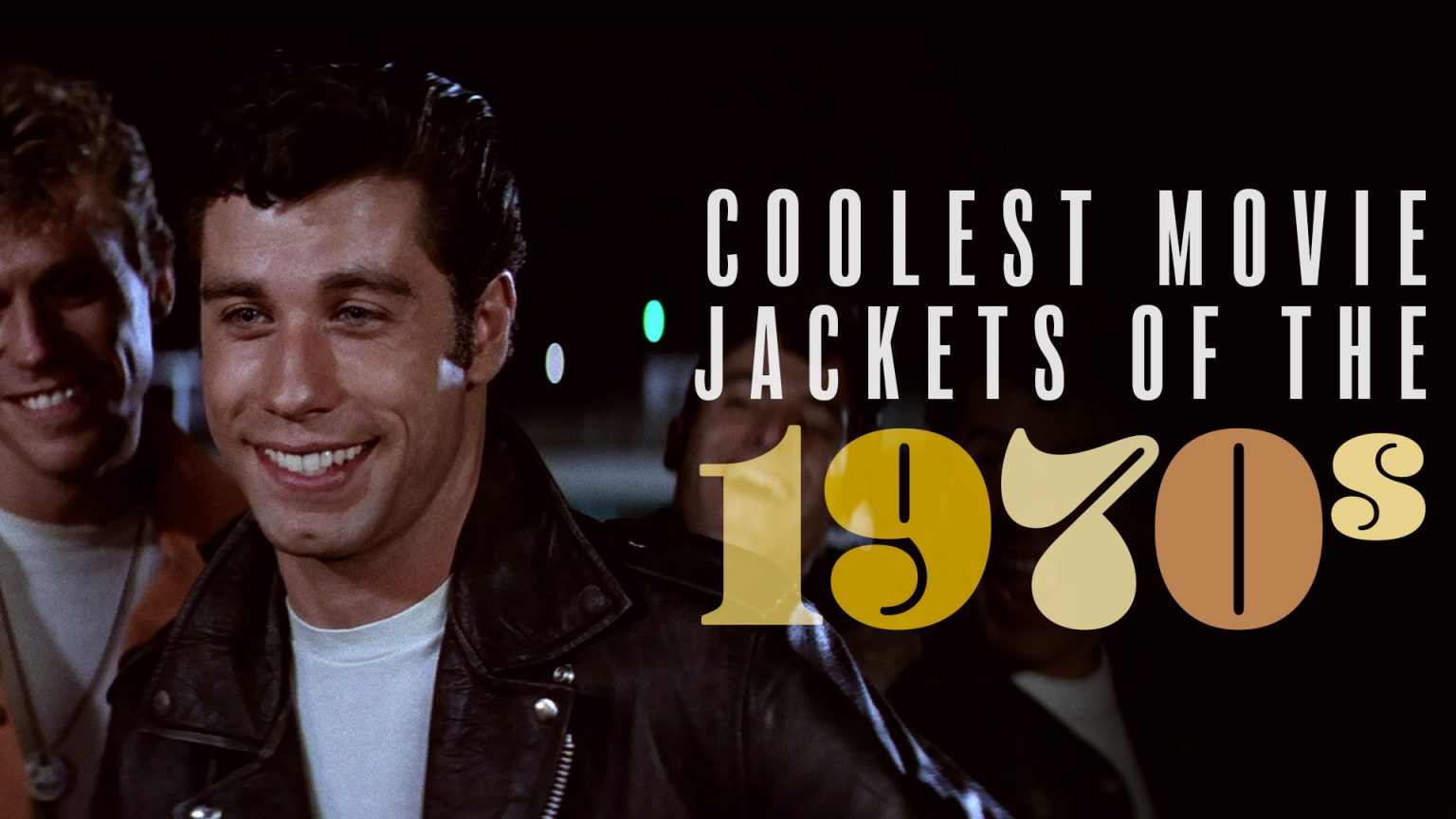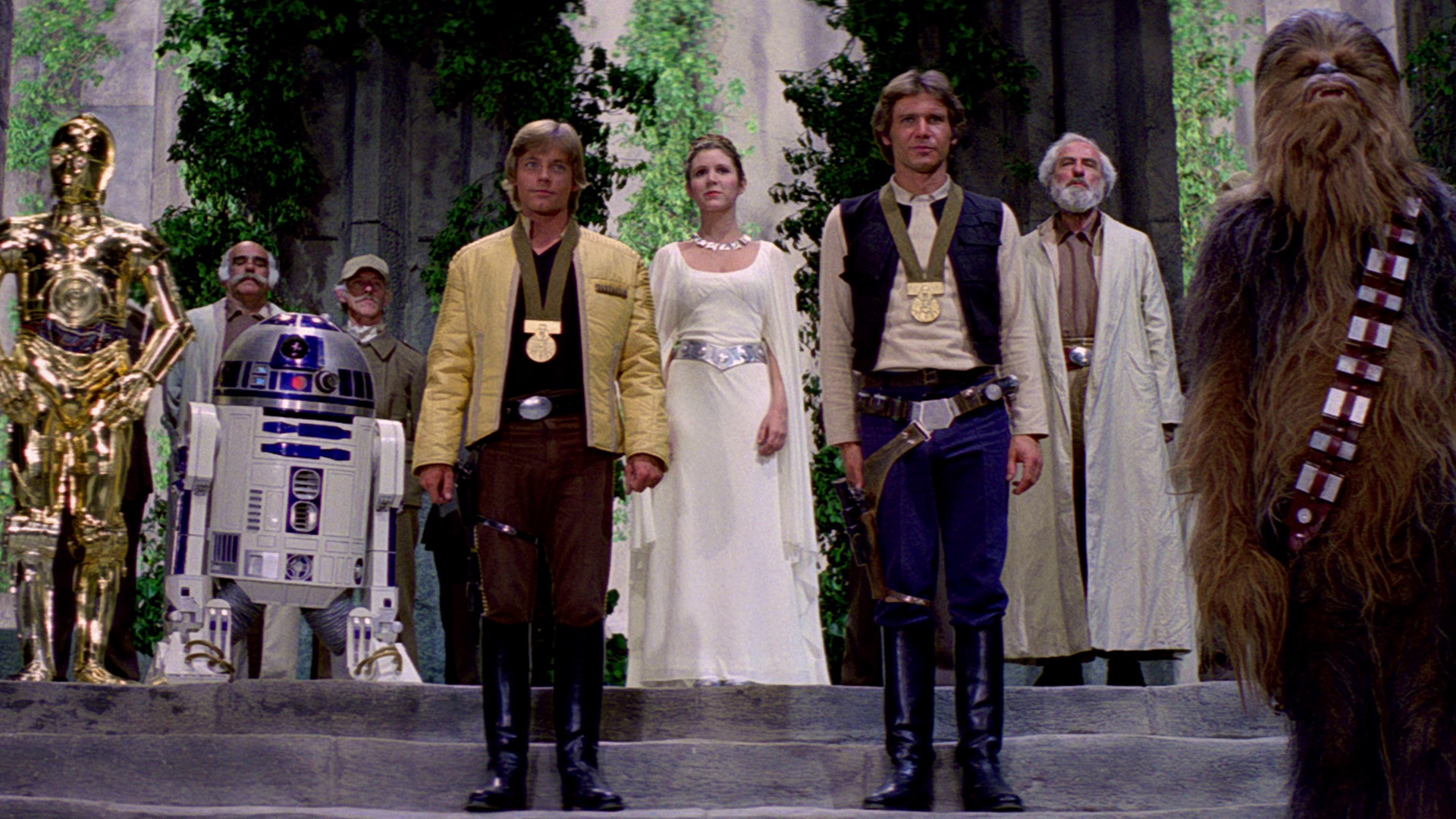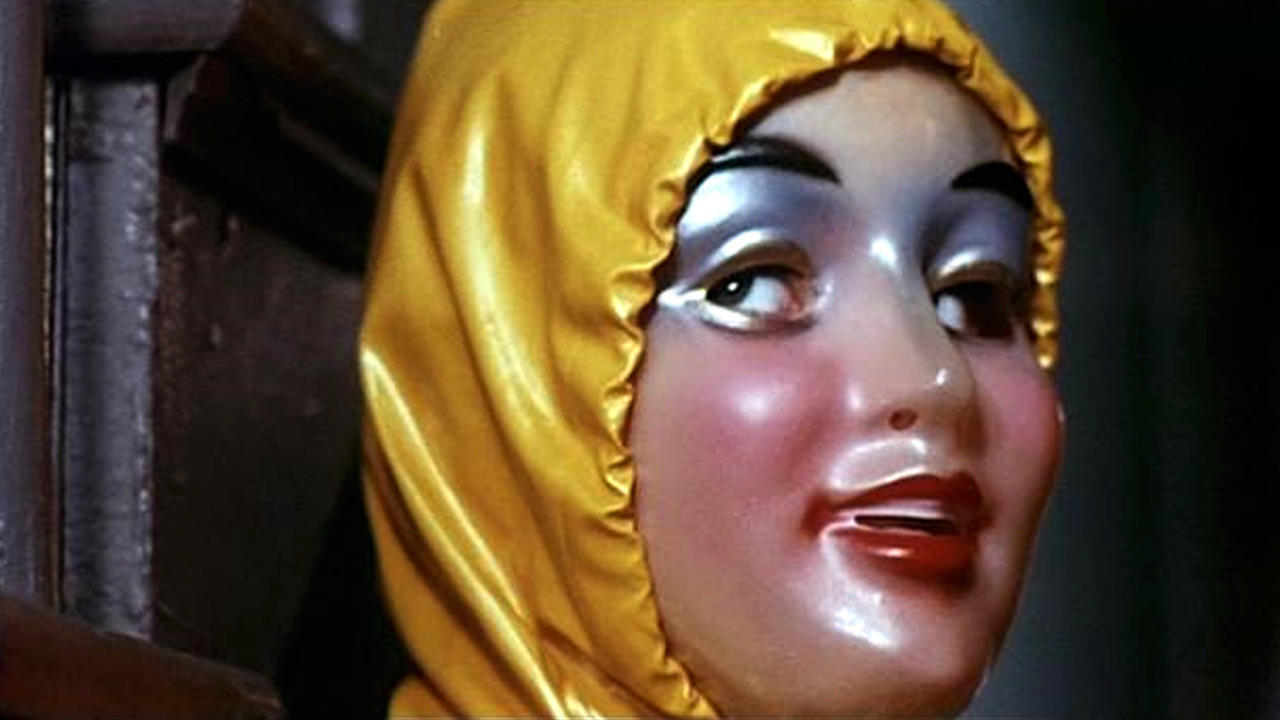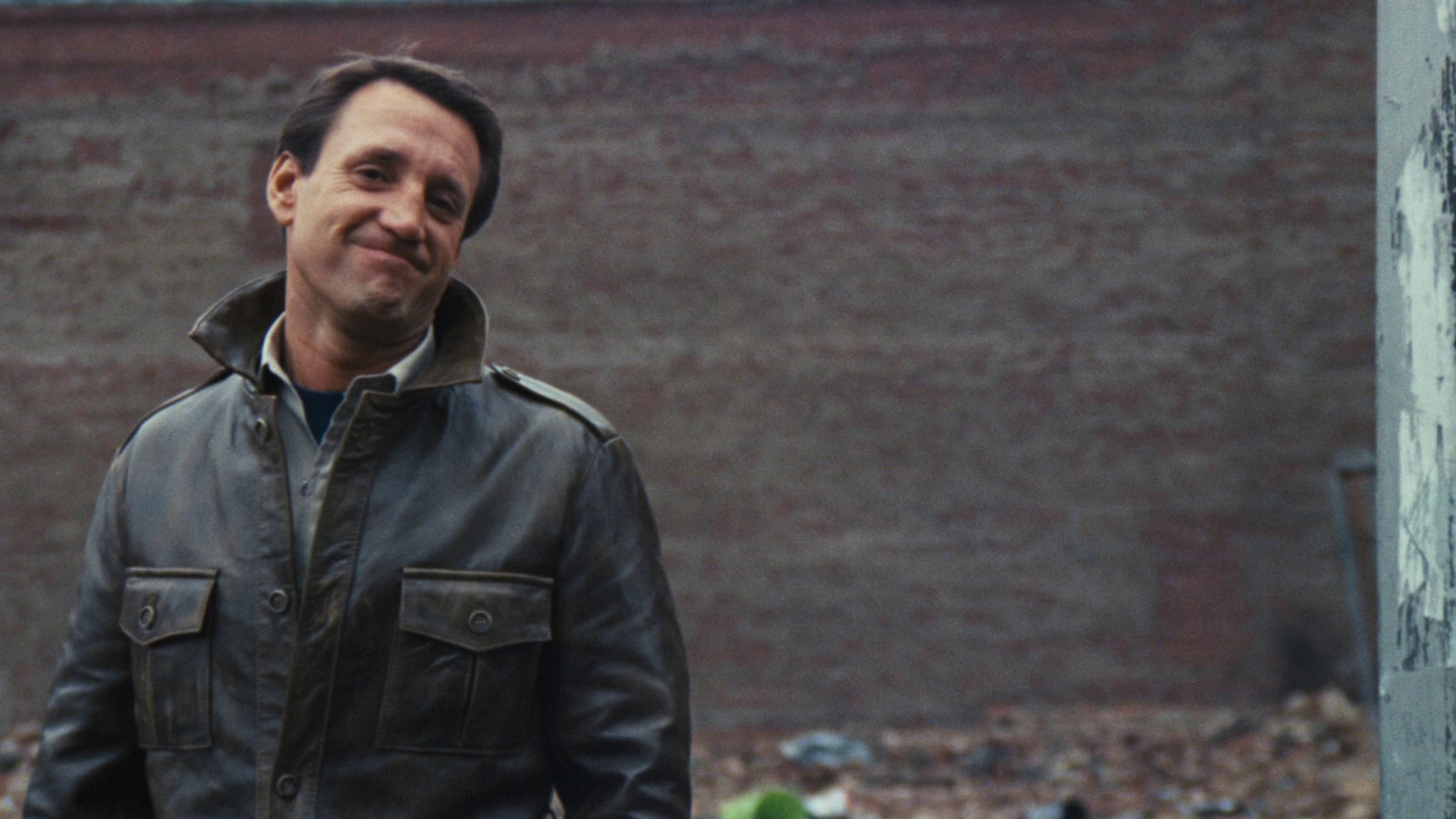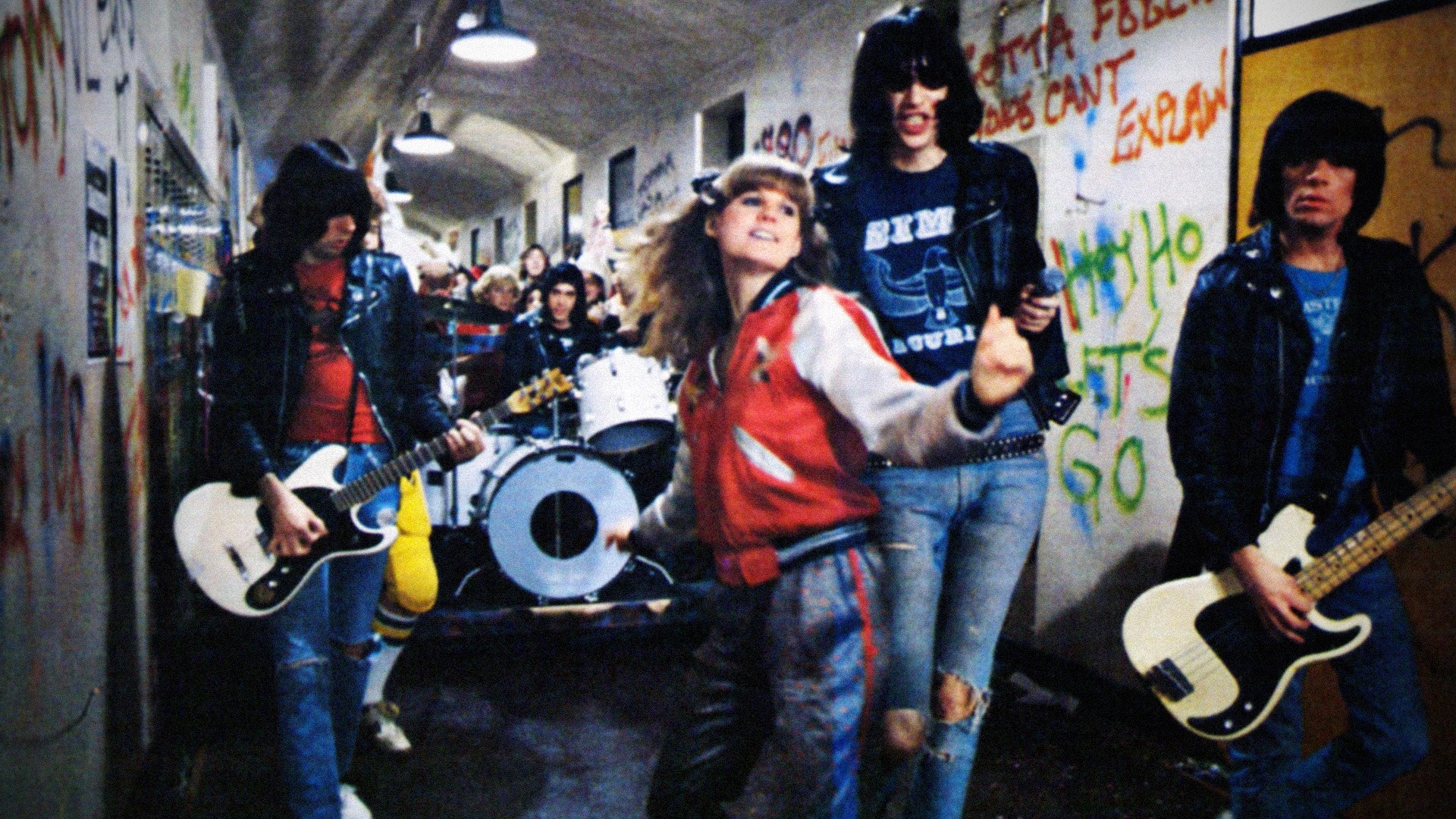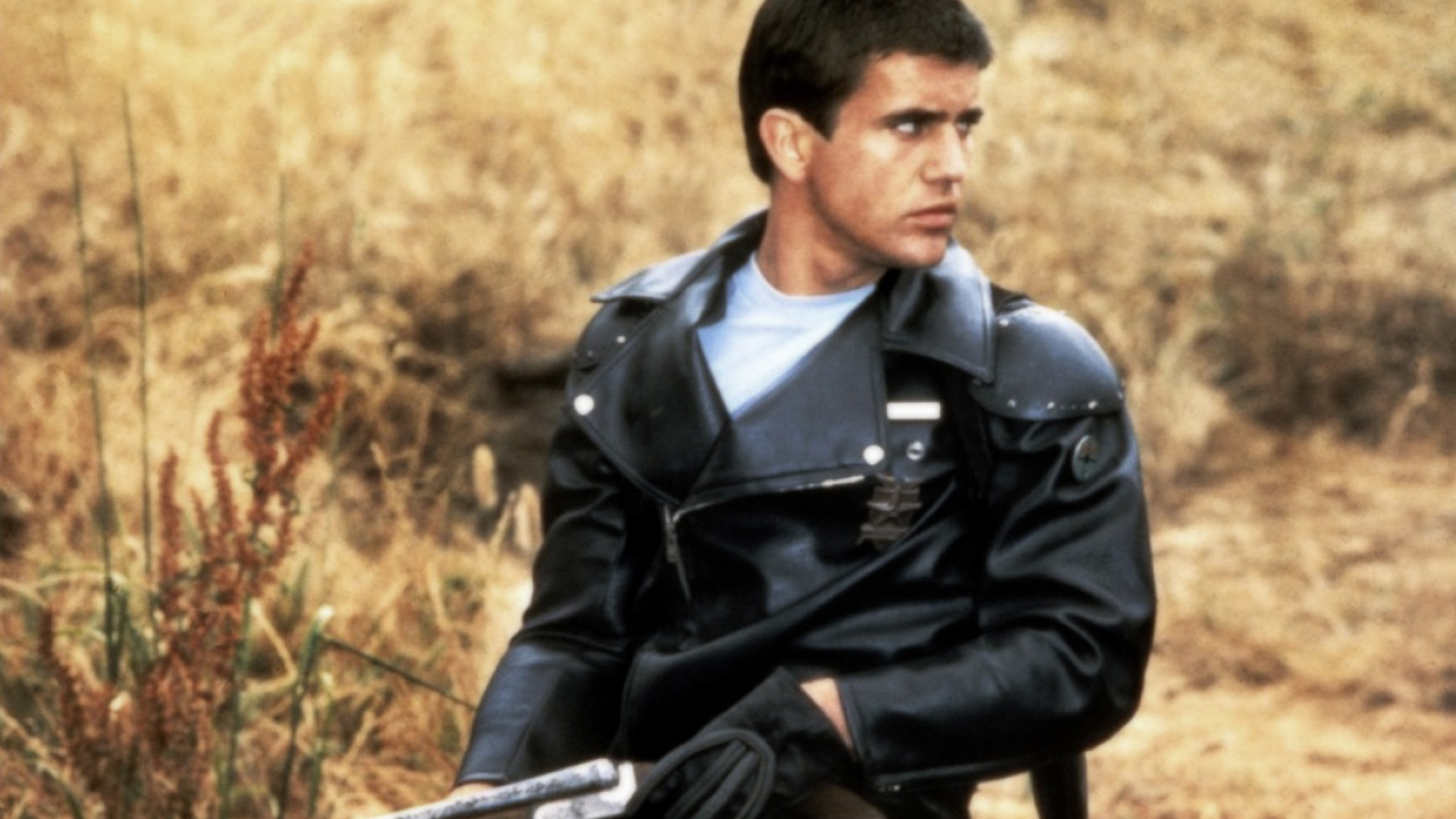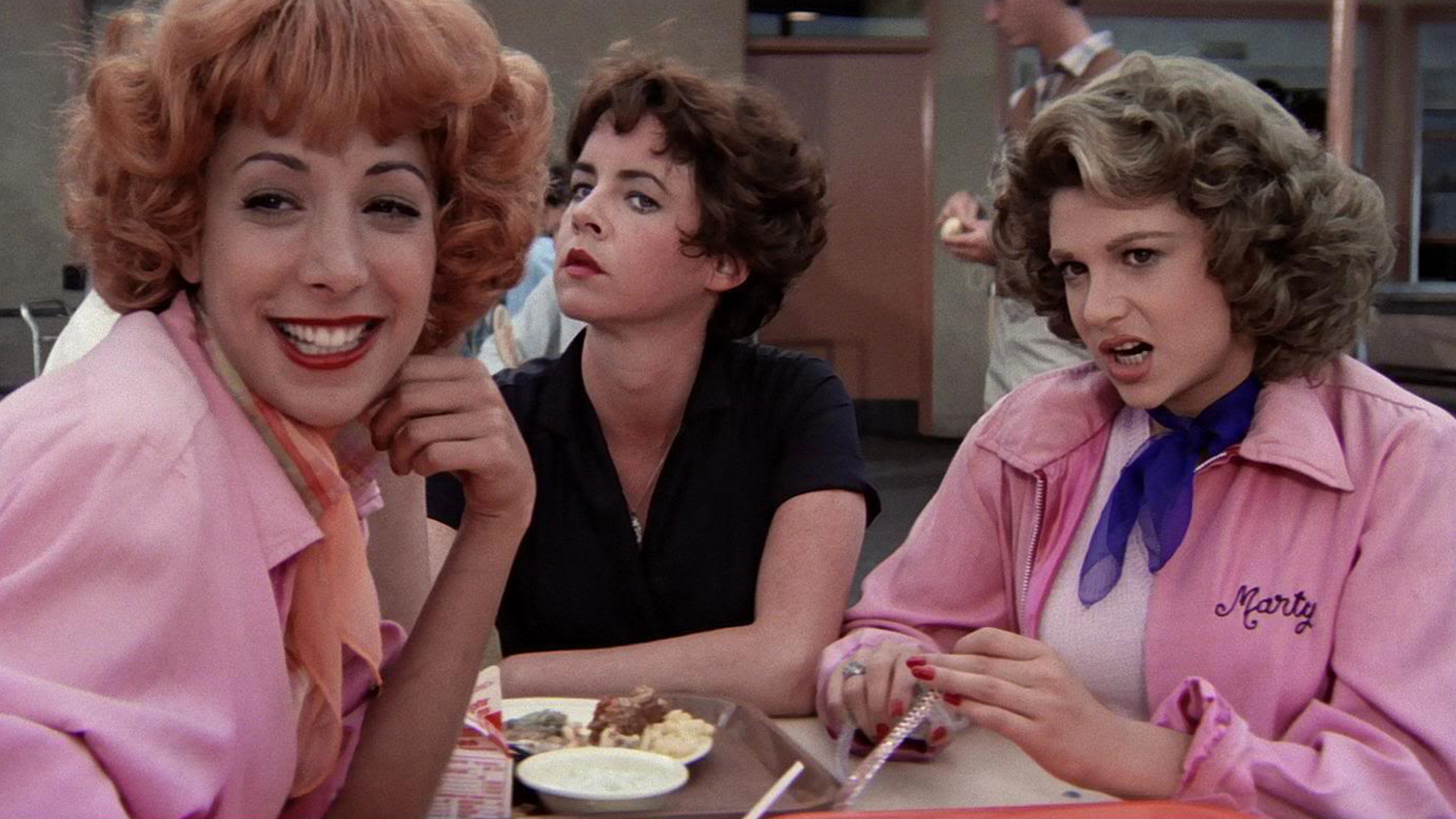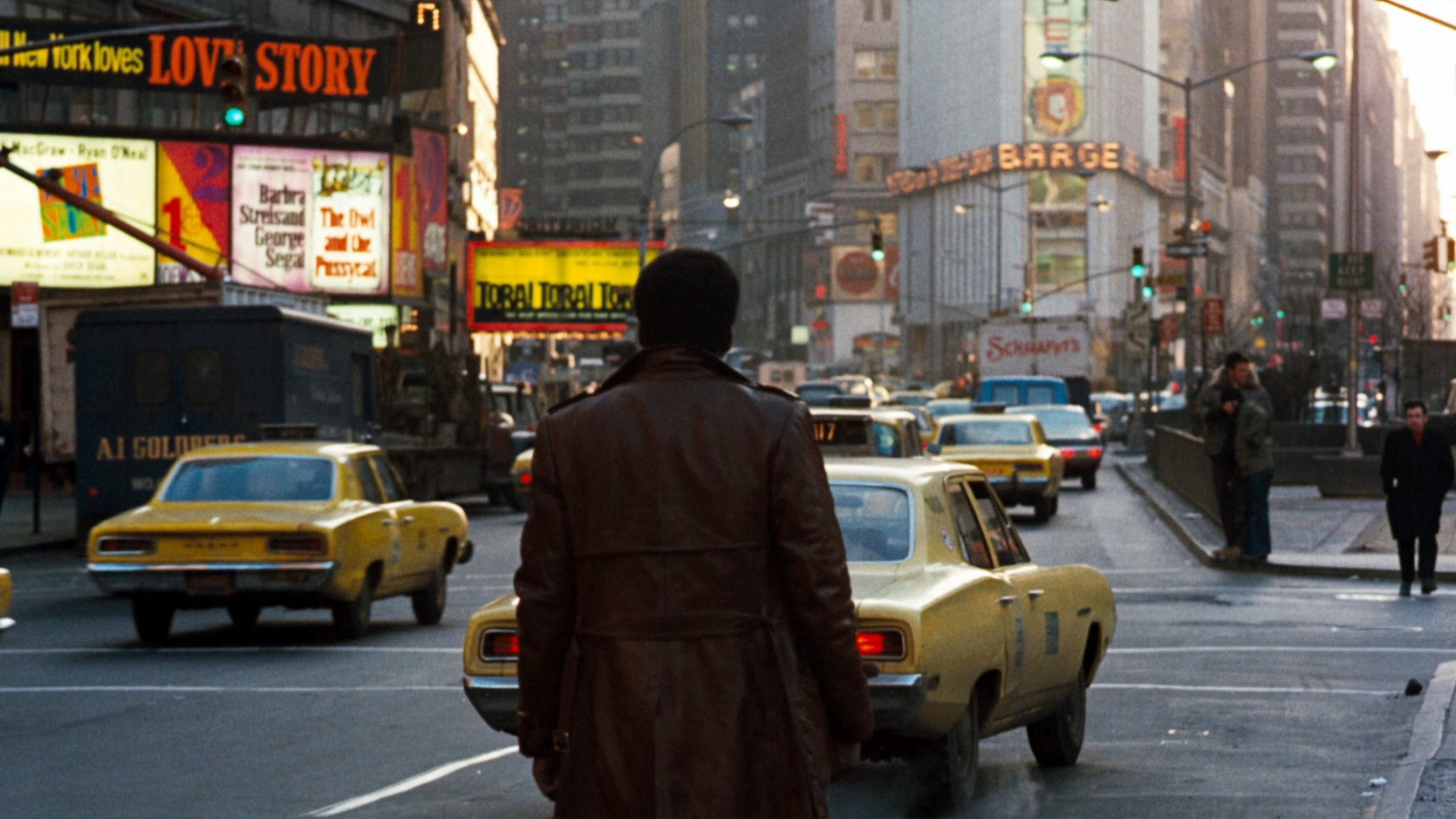New to the series? Catch up with Part One: The Coolest Movie Jackets of the 1980s.
Creating an iconic character is a team effort: Everything from the way they’re written, to the way they’re shot, to the actor’s performance, and the costume designer’s work goes into creating what we think of as “the character.” “Costumes are the first impression that you have of the character before they open their mouth—it really does establish who they are,” says Colleen Atwood, costume designer for Manhunter, Ed Wood, and That Thing You Do! These choices can be something as simple as Snake Plissken’s eye patch or Tony Montana’s scar. Jackets and coats are a staple of everyday outerwear, and while they’re usually thought of as simply utilitarian, in the movies, they can bring an intangible, ineffable coolness to some of our favorite characters. To prove that point, here are ten of the coolest jackets of the 1970s in film:
Robert DeNiro, Taxi Driver
The shadow of Vietnam fell heavy over America—and American cinema—in the 70s. Vets were returning home to a changed America, and were out of work, disillusioned, and sometimes even reviled by the public. Their flack jackets became a permanent part of their wardrobe, whether as a memento of their service or because they couldn’t afford anything new. Taxi Driver (1976) is arguably the most “42nd Street” film of all time, combining a terrifying character study and exploitative violence; the iconic image of Travis Bickle in his standard-issue Tiger Driver M65 and mohawk influenced punk-rock style, and a mural of Bickle in his iconic jacket hung for many years on the side of a building in Chicago’s Wicker Park.
Mark Hamill, Star Wars: A New Hope
It’s only fair that after saving the princess and destroying the Death Star that Luke Skywalker would get out of his dingy desert scrubs and into some sharp new duds. The centerpiece of Luke’s getup for the awards ceremony on Yavin IV at the end of Star Wars: A New Hope (1977) is his yellow leather jacket, which is one part Steve McQueen and one part David Cassidy with just a dash of disco. Director George Lucas didn’t want the costumes of his space opera to draw attention to themselves, and by mining classic styles like the Harrington jacket and the earth tones that were popular at the time, he did just that. Paired with brown pants, black boots, and a flap-collar shirt, Luke’s “Starkiller” outfit, as it came to be known amongst fans, also influenced Han Solo’s appearance in The Empire Strikes Back.
Paula Sheppard, Alice, Sweet Alice
The 70s was a golden age for creepy kid flicks: From The Other to The Omen, mean little children were committing all sorts of diabolical acts. The often-overlooked Alice, Sweet Alice (1976) is best remembered as the film debut of Brooke Shields, but it also features one of the creepiest looking killers this side of Freddy Krueger. In an alternate dimension, the translucent Halloween mask and yellow rain slicker donned by the film’s pint-sized killer is as iconic as Jason’s hockey mask, but, as it stands, Alice, Sweet Alice remains cultish even in terms of cult cinema. (Runner up: the red raincoat featured in Nicolas Roeg’s Don’t Look Now.)
Roy Scheider, The Seven-Ups
By the onset of the 70s, the counterculture of the 60s was mainstream enough that it was creeping into your average Sears catalog. Beards, turtlenecks, and lots of leather—previously the uniform of beats and revolutionaries—were being worn by advertising execs, suburban dads, and even “the man.” The Seven-Ups (1973) featured Roy Scheider as the leader of a gang of cowboy cops who did things their own way, from their brand of law enforcement to their style of dress. Although the original car coats were much longer (the first cars didn’t have heat, much less heated leather seats), Scheider’s car coat in the film not only kept him warm while contacting an informant on the New York riverfront but kept him looking ultra-cool in one of the all-time greatest cinematic car chases.
Paul Newman, Slap Shot
Slap Shot (1977) is among the best sports films ever made, and while the Charlestown Chiefs’ uniforms have become iconic in their own right, Paul Newman’s style off the ice is worth looking back on as well. His leather trench with the big fur collar is certainly something else, but Newman’s brown leather trucker-inspired coat paired with matching leather pants is the game-winning goal, encapsulating the time and place this film was shot. This particular style was never really in vogue before or after this particular moment, creating a perfect time capsule of the era. And let’s face it: Paul Newman could make anything look good.
Joey Ramone, Rock & Roll High School
Leather and rock ‘n’ roll have always been an explosive combination of style and subversion. And in the Roger Corman-produced Rock & Roll High School (1979), Joey Ramone becomes the punk rock apple of Riff Randell’s (P.J. Soles) eye by donning an instantly identifiable, ultra-cool Perfecto motorcycle jacket. Introduced in 1928, the Perfecto’s lancer front made it an original, and it was the first jacket of its kind to feature a zipper. Designed by Irving Schott and manufactured by his company Schott NYC, the Perfecto is what the average person pictures when they hear the words “motorcycle jacket.” Famously worn by Marlon Brando in The Wild One, the Perfecto became a uniform of punk rockers everywhere in the 70s and remains one today. (Runner Up: P.J. Soles’ satin Sukajan jacket in the film.)
Mel Gibson, Mad Max
The fetishization of The Wild One didn’t stop with The Ramones. Way down under in Australia, the Perfecto-inspired motorcycle jacket became known as a “Brando,” an homage to the film’s star. A key part of the uniform for the “Main Force Patrol” in George Miller’s classic dystopian action flick, Mad Max (1979), the Brando was sleek in design with only a few upgrades, such as shoulder caps riveted to the shoulders. Max’s jacket would be altered over the course of four films—by The Road Warrior (1981), it’s a little beat up and missing a sleeve—but the original remains a classic.
Sylvester Stallone, Rocky II
Sure, Rocky Balboa’s leather car coat that Sylvester Stallone wears throughout the original Rocky (1976) is iconic. But for pure late 70s cool, nothing beats his satin souvenir-style jacket featuring an embroidered tiger on the back. The souvenir jacket—also known as a Sukajan—features a cut similar to American baseball jackets and has its roots in Post-World War II Japan, where, according to Hypebeast, “American troops began getting traditional Japanese designs hand-stitched into the backs of their jackets to commemorate their time in Japan.” The troops brought these “souvenirs” home to America for themselves, or for gifts for friends and family. Throughout the 60s and 70s, the Sukajan became a symbol of the counterculture, worn by “bad boy” Japanese youth (much like the Perfecto in the U.S.) and musicians like Mick Jagger. All but forgotten after the 80s, the Sukajan is now back in style, arguably thanks to Ryan Gosling’s scorpion embroidered jacket in 2011’s Drive.
The Pink Ladies, Grease
The 50s and 60s nostalgia were in full swing throughout the 70s. Sha Na Na blared out of car radios, George Lucas asked “where were you in 62?” in American Graffiti, and television audiences welcomed Laverne, Shirley, The Fonz, and Richie Cunningham into their homes every week. The 1978 film version of Grease is a much funnier take on the 50s than the grittier stage play on which it’s based: Sure, it features John Travolta in a Perfecto leather, but the coolest jackets in the film are worn by The Pink Ladies. Often misremembered as Sukajan-influenced satin jackets (they were redesigned for Grease 2), Rizzo, Frenchy, and Marty’s original uniform appear to be a cotton blend with satin lining with the gang’s moniker adorned on the backside. The jackets are certainly Harrington-influenced, leaning into something resembling a mechanic’s jacket…but in hot pink. That girl-gang aesthetic can still be seen in today’s street styles, as well as the works of David Lynch and John Waters.
Richard Roundtree, Shaft
Blaxploitation cinema of the 70s gave audiences an abundance of slick, stylish heroes and anti-heroes, from Ron O’Neal as Priest in Superfly to Fred Williamson in Black Caesar. Arguably, though, the most well-known among them is Richard Roundtree as “the black private dick who’s a sex machine to all the chicks,” John Shaft. Gordon Parks’ seminal detective film, Shaft (1971), combined elements of action and film noir, and featured a hero unlike any the filmgoing public had seen before. The opening credits introduce the titular character emerging from a New York subway in a brown leather trench, at once paying homage to Humphrey Bogart in The Maltese Falcon and announcing that John Shaft is a new kind of detective for the gritty 70s: A do-gooder private eye who’s still got a revolution in his heart. Wide lapels and epaulets add to Roundtree’s already intimidating frame as he makes his way through the chilly city streets with even cooler confidence. Roundtree dons several sharp outfits throughout the film, and his black motorcycle jacket-influenced car coat featured on the film’s poster is also worth a mention. Indeed, this cat Shaft is a bad mother.

